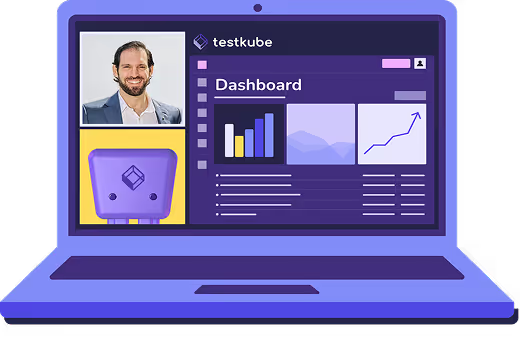Table of Contents
What Does Regression Testing Mean?
As software evolves, the risk of introducing bugs in unrelated areas increases. Regression testing safeguards against this by validating that updates—such as bug fixes, feature enhancements, or infrastructure changes—haven’t compromised previously working functionality.
Regression testing strategies include:
- Selective regression testing – run only tests affected by recent changes
- Progressive regression testing – add new tests for new functionality
- Corrective regression testing – rerun failed tests after fixes
- Complete regression testing – execute the entire suite for full coverage
Modern practices emphasize automation, risk-based test prioritization, and parallel execution to reduce cycle times. Specialized methods like visual regression testing catch UI inconsistencies, while API regression testing ensures service contracts remain stable.
Why It Matters
Regression testing is essential because it:
- Prevents new code from reintroducing old bugs
- Ensures core business workflows remain intact
- Enables confidence in rapid, frequent releases
- Supports CI/CD pipelines by delivering continuous quality feedback
Challenges include maintaining large test suites, managing execution time, handling data dependencies, and keeping tests aligned with evolving requirements.
Real-World Example
- After updating an authentication service, Testkube runs a regression suite covering login, token refresh, and session management to confirm core security still works.
- A payment system executes regression tests on transaction flows, refunds, and fraud detection after updates to ensure accuracy and compliance.
How Regression Testing Works with Testkube
Testkube enhances regression testing by:
- Running regression suites automatically inside Kubernetes clusters
- Integrating with version control to trigger tests on code changes
- Supporting parallel execution to reduce long test cycles
- Providing observability into regression trends with dashboards and stored artifacts





